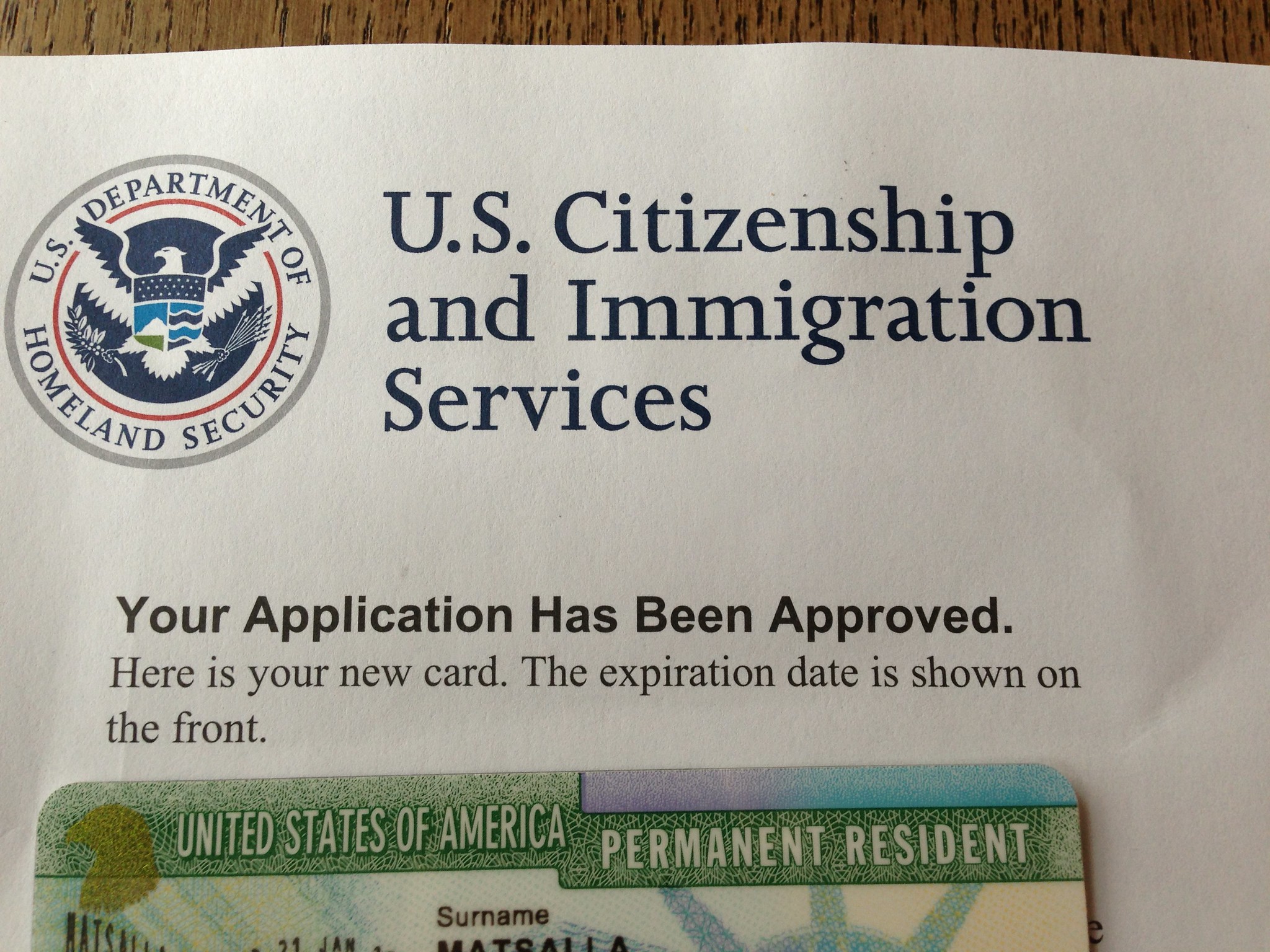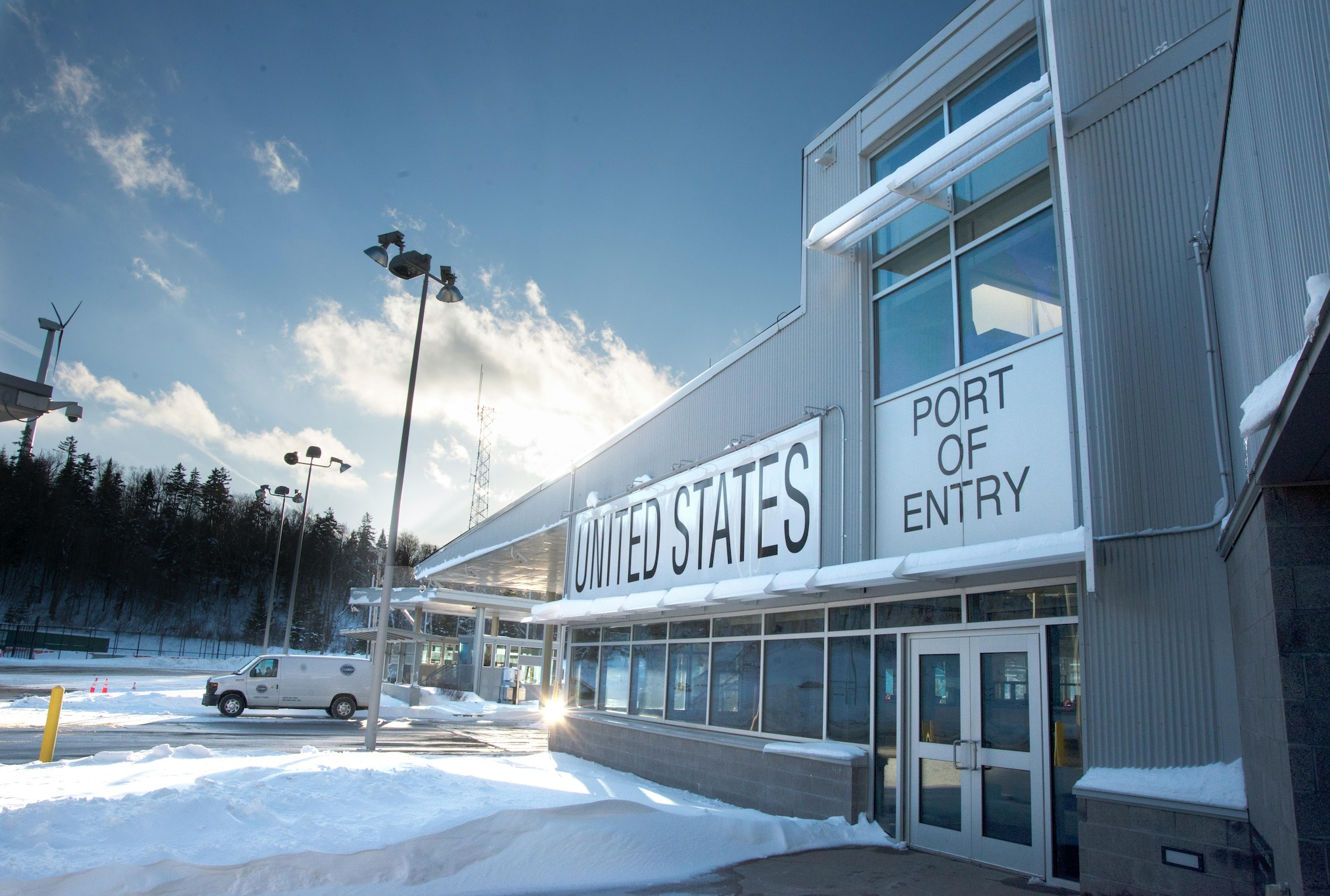Perhaps most significantly, a Green Card serves as a gateway to U.S. citizenship for those who aspire to fully integrate into American society and participate in civic life.
Embarking on the journey towards permanent residency in the United States through a Green Card involves navigating a complex and multifaceted process. This guide aims to provide an extensive overview, delving into the intricate pathways available, the diverse eligibility criteria, the detailed application procedures, and the profound implications of achieving this milestone in the immigration journey.
Understanding the Green Card
A Green Card, formally known as a Permanent Resident Card, serves as tangible proof of an individual’s lawful permanent residency in the United States. Unlike temporary visas that have specific durations and purposes, a Green Card affords holders the right to live and work indefinitely in the country. It signifies a significant step towards integration into American society, offering stability, security, and a pathway toward eventual citizenship.
Eligibility Criteria
Eligibility for obtaining a Green Card varies widely, depending on the applicant’s circumstances and the pathway chosen. Family-based immigration allows U.S. citizens and lawful permanent residents to sponsor immediate relatives or close family members for permanent residency. This category fosters family reunification and plays a crucial role in maintaining familial ties across borders. Alternatively, employment-based immigration caters to individuals with specific skills or talents deemed beneficial to the U.S. economy. It encompasses several preference categories, including priority workers, professionals with advanced degrees, skilled workers, and investors. Each category has its own set of requirements and criteria that must be met to qualify for permanent residency. For those seeking refuge or asylum in the United States, a Green Card offers a path toward stability and a more permanent solution to their displacement. Refugees and asylees who meet certain criteria, such as demonstrating a well-founded fear of persecution in their home country, may apply for permanent residency after a specified period.
Application Process
The process of applying for a Green Card involves several critical steps, beginning with the submission of a petition by a qualifying sponsor on behalf of the applicant. Many applicants choose to seek assistance from a professional Green Card application service to ensure their petitions are accurately completed and submitted in accordance with USCIS guidelines. Upon approval of the petition, applicants may need to wait for their priority date to become current, especially in the case of employment-based immigration, where visa availability is subject to quotas and annual limits. Once the priority date is current, applicants proceed with the submission of Form I-485, Application to Register Permanent Residence or Adjust Status, to USCIS, along with supporting documentation and fees.
Challenges and Considerations
Navigating the path to a Green Card is not without its challenges. The process can be lengthy and bureaucratic, often requiring patience and meticulous attention to detail. Changes in immigration policies and regulations can impact eligibility criteria and application procedures, necessitating ongoing awareness and adaptation throughout the process.
Moreover, backlogs in visa processing and the availability of immigrant visas in certain preference categories can contribute to delays in obtaining a Green Card. It is essential for applicants to stay informed about updates from USCIS and to seek guidance from qualified immigration attorneys or accredited representatives to ensure their applications are prepared correctly and submitted in a timely manner.
Benefits of Permanent Residency

The benefits of obtaining a Green Card extend beyond the right to live and work permanently in the United States. Holders of Green Cards are eligible to apply for certain social services and benefits, including access to healthcare through Medicare, social security benefits, and the ability to sponsor immediate family members for their own Green Cards.
Perhaps most significantly, a Green Card serves as a gateway to U.S. citizenship for those who aspire to fully integrate into American society and participate in civic life. After holding a Green Card for a requisite period of time—typically five years, or three years if married to a U.S. citizen—individuals may apply for naturalization and take the oath of allegiance to become U.S. citizens.
Conclusion
In conclusion, the path to obtaining a Green Card represents a transformative journey for individuals seeking to establish permanent residency in the United States. By understanding the diverse pathways, meeting eligibility criteria, navigating the application process, and overcoming challenges along the way, applicants can achieve their goal of obtaining lawful permanent residency and building a future in their adopted homeland.


Join the conversation!